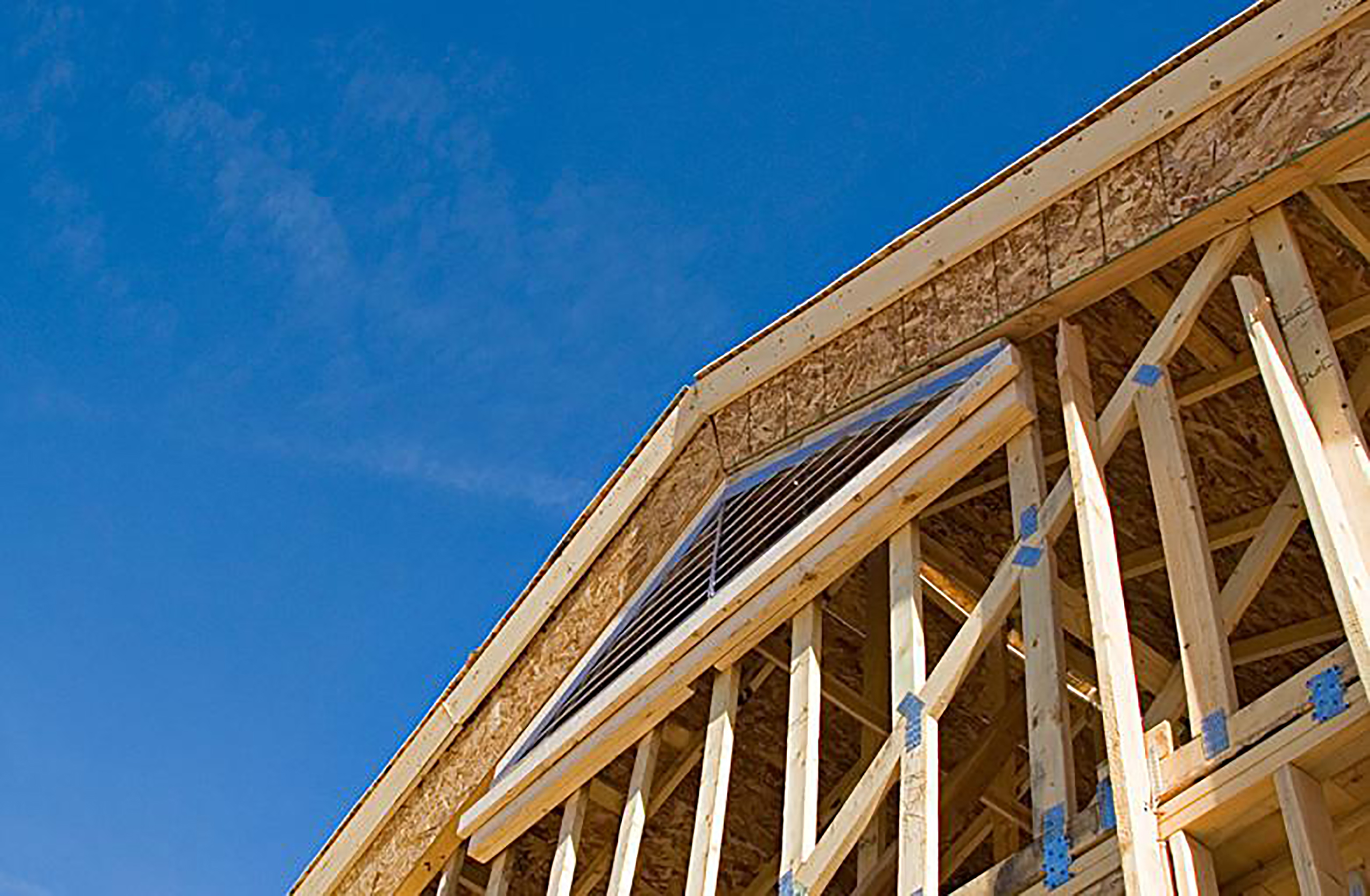
New home sales best since 2008
The numbers are in, and the real estate market finished 2015 on a high point, especially for new home sales. December was the strongest month for new home sales since 2008, with nearly 1,500 newly built homes recorded. That’s up 45 percent from November and 58 percent from December 2014.
The numbers are in, and the real estate market finished 2015 on a high point, especially for new home sales, according to Mike Orr, director of the Center for Real Estate Theory and Practice at the W. P. Carey School of Business. December was the strongest month for new home sales since 2008, with nearly 1,500 newly built homes recorded. That’s up 45 percent from November and 58 percent from December 2014.
Read:
Research and Ideas:The numbers are in, and the real estate market finished 2015 on a high point, especially for new home sales, according to Mike Orr, director of the Center for Real Estate Theory and Practice at the W. P. Carey School of Business. According to his latest report, December was the strongest month for new home sales since 2008, with nearly 1,500 newly built homes recorded. That’s up 45 percent from November and 58 percent from December 2014.
Michael Orr:The home builders are looking great. I believe they’re picking up market share from re-sellers.
Research:Orr says this shift is here to stay.
Orr: I think there’s a big trend over the last two years in favor of new, contemporary, up-to-date, high tech homes with all the inter-connected features and low running costs. If you’re building a new home, you’re in a position to meet exactly what the latest trends are and deliver it. I think the builders are going to have a better year.
Research: Supply was still low in December, especially at the low end of the market, but Orr’s observations in January revealed an uptick.
Orr: January is actually the month when supply starts to come on board. In December it goes down, but I think we’re looking at a fairly strong flow of new supply in the first quarter, which is quite normal.
Research: Typical for this market, however, supply is a function of sector.
Orr: The problem with the supply is it’s tending to be further up-market than it needs to be. Ideally, we want many more homes around the $200,000 price point, and we’re getting too many homes between half a million and a million instead.
Research: The problem goes beyond price. If you’re in the market for a lower cost home, you’re going to find that the best selection is too far out of town.
Orr: Part of the extra volume in December was a significant number of homes that were around $180- to $250,000 — that’s the right price point. Of course many of them are a long way out of town. Many people won’t go that far out. They’re in Buckeye, the outskirts of Surprise, Maricopa — but at least you get a new home for under $200,000 in many cases and that’s a good thing.
Research: Problems in the global economy hang like a dark cloud on the horizon, but Orr does not see that situation having as much impact in Arizona as in other parts of the country.
Orr: Obviously the global economy is going through all sorts of turmoil, and that could affect us — probably not greatly but it could affect us. It’s going to have much more of an effect on the middle of the country really. Like, the Gulf of Mexico up to North Dakota where they’re more dependent on commodities.
Research: Going into spring, Orr says the market looks fairly normal.
Orr: I think demand is relatively muted, pretty normal, and supply is starting to grow towards normal. If you like, we’re headed back to even more normal conditions, which means that buyers and sellers would be evenly matched. I’d say that’s true in the mid-range where supply and demand are in balance. But at the bottom end you haven’t got enough supply, and the top end you have too much supply. Those two things sort of counter balance each other.
Latest news
- Ethical leadership: Good policy may prompt bad behavior
New research findings reveal how managerial approaches to integrity influence team morale and…
- W. P. Carey alum Paridhi Saboo found passion for analytics and real estate during undergraduate journey
Thanks to the many opportunities available to students at W. P.
- Trump suggested 50-year mortgages. This expert calls that 'renting from the bank'
A veteran housing analyst says stretching repayment over five decades offers minimal financial…